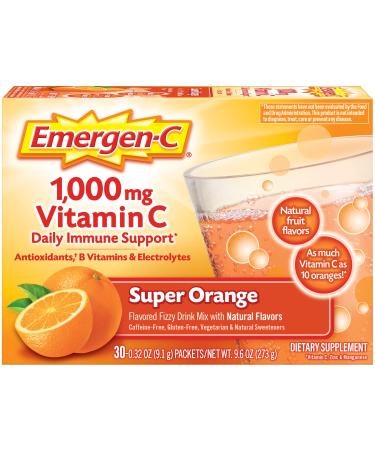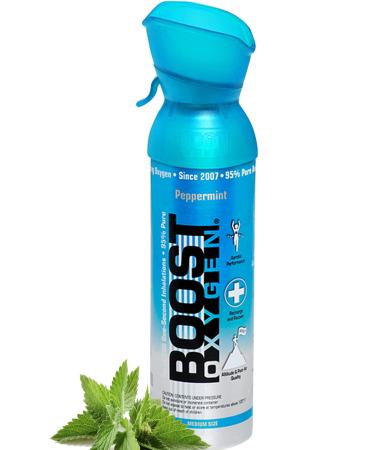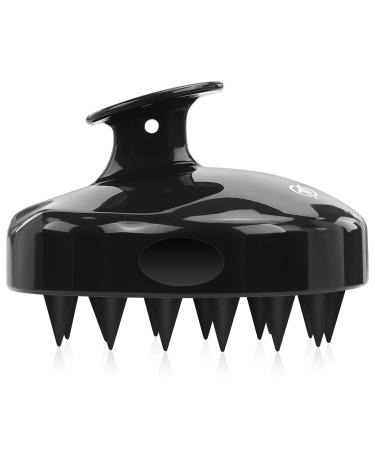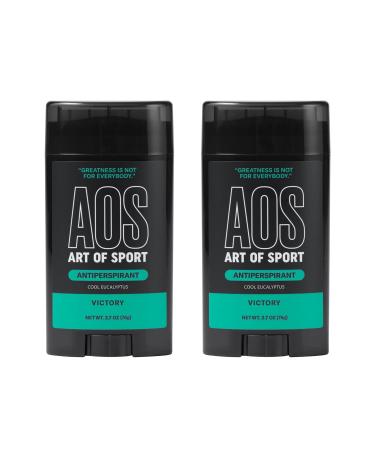How To Use Step 1: Pull out the insole that came in your shoe and place it on top of Dr. Scholl's insole with the heels lined up and fabric side facing up on both. Step 2: With a pen, trace along the toe area of your original insole to mark a line onto the Dr. Scholl's insole. Then trim the toe area along the line. Step 3: Slip Dr. Scholl's Running insoles into your sneakers with fabric facing up. Replace insoles every six (6) months or at the first sign of wear. | Runner's Knee More specifically, Patellofemoral Pain Syndrome, is pain between your kneecap and femur, or thigh bone, specifically in the space where they meet. And while it's named for the many runners who've experienced it, you don't have to be a runner to have runner's knee. If you spend a lot of time bending your knees to pick up things – or even just like to walk a lot – you can experience runner's knee pain.* *Not a medical diagnosis. For information purposes only. If you have diabetes, poor blood circulation, or fragile skin, or symptoms are severe or persist, consult your podiatrist or physician before using this product. | Shin Splints If you are experiencing pain or tenderness in the lower shin area, you may have shin splints. Also known as medial tibial stress syndrome, shin splints don't actually occur in the shin bone, but in the connective tissues of the muscles around the shins. The pain is more prominent during physical activity, but may linger afterwards as the condition gets worse.* | Plantar Fasciitis The most common plantar fasciitis symptom is pain, which is normally felt at the heel and occurs where the plantar fascia attaches to the heel bone. The pain can be intense when getting out of bed in the morning or getting up from a stationary position. The pain often lessens when walking, but may be persistent. Pain that is commonly intense when getting out of bed is a common sign of Plantar Fasciitis, a particular type of heel pain.* |



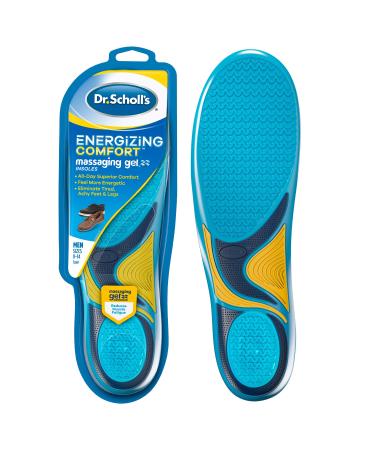

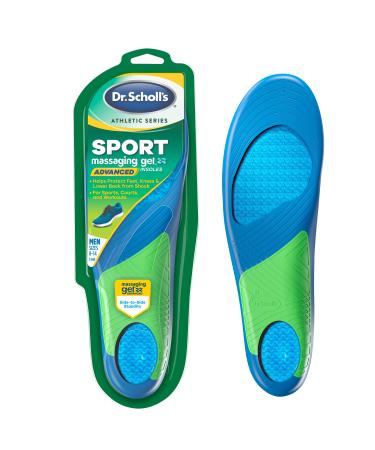
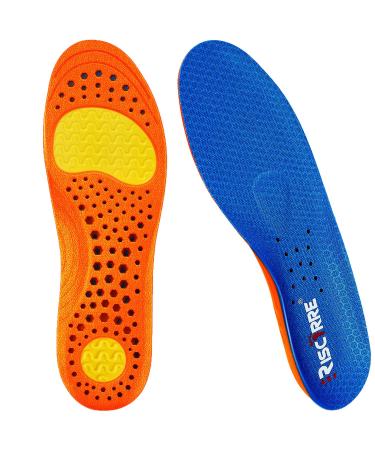

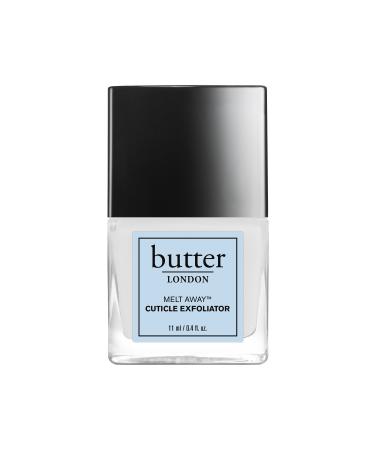
![Stewart Freeze Dried Dog Treats Made in USA [Single Ingredient Puppy and Dog Training Treats - Grain Free Natural Dog Treats] Resealable Tub to Preserve Freshness](https://www.gosupps.com/media/catalog/product/cache/25/small_image/375x450/9df78eab33525d08d6e5fb8d27136e95/6/1/61gwbbixarl._ac_sl1500_.jpg)
